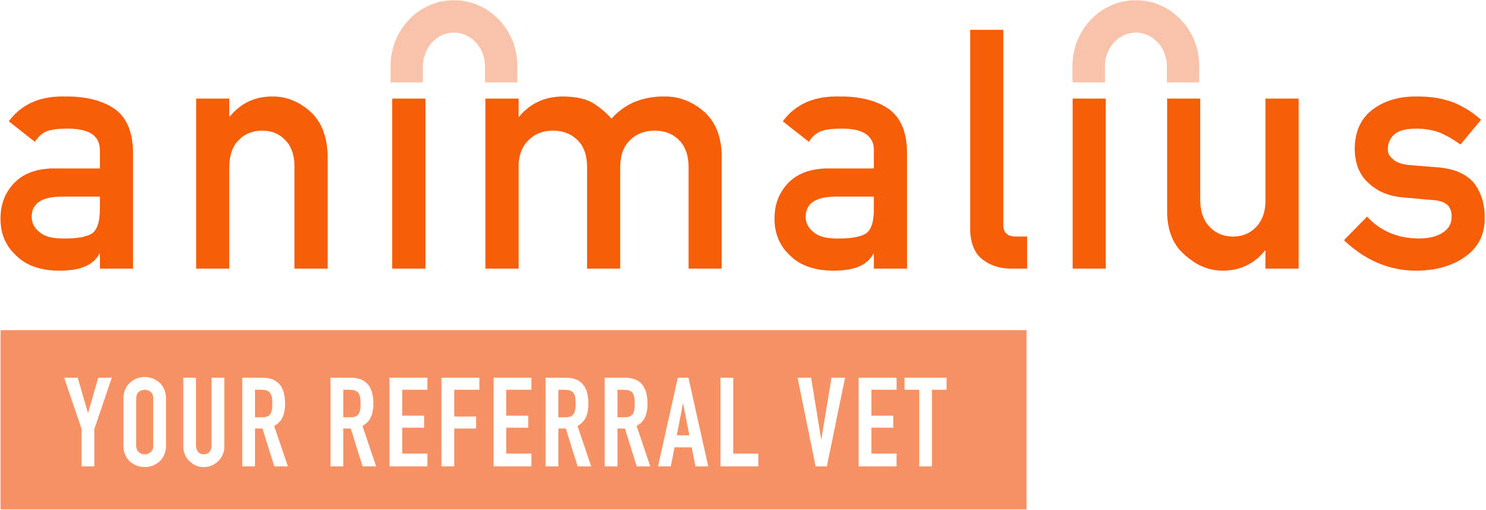Small Animal Bandage, Splint and Cast Care
Bandages and splint/casts can be applied to pets for various reasons. The primary uses are to protect, treat or support an injured area on the body. If your pet has been sent home with a bandage it is important to check the bandage at least twice daily. General care should include the following:
Keep it dry
It is very important to keep the bandage clean and dry during the time that it is in place. For this reason your pet should remain indoors and confined. If your pet is able to go outside to go to the toilet, a plastic bag or bandage cover must be placed over the foot, covering the length of the bandage. This should be done even if the ground appears to be dry because many pets may accidentally urinate on their bandage (this would then require changing the bandage). Be sure to remove the foot cover once back inside.
Check for discharge or any foul odour. Either of these signs should be reported to your veterinarian immediately.
Check the position
Bandages can slip down or move, particularly in leg bandages. If the bandage slips from its original position it may not perform its intended function and can even harm the area by creating pressure sores.
Is it too tight or too loose?
If the bandage is on a leg, watch for signs of swelling above and below the bandage and if visible, feel the toes twice daily to ensure there is good sensation. If your pet is unsettled or is not able to rest comfortably, this may indicate something is wrong (e.g. the bandage may be too tight).
Prevent chewing
Sometimes a pet may be bothered by the presence of a bandage. This could be due to problems at the site of the underlying injury. Elizabethan collars can help if your pet simply resents having his limb or toes confined. However, excessive chewing or licking should not be overlooked, and veterinary advice should be sought if you are worried.
Exercise
Exercise is not recommended whilst the bandage is in place. It is important to keep your pet quiet and confined (with restricted exercise) to reduce the risk of bandage complications and to facilitate healing of the surgical site or injury that has occurred.
Regular veterinary checks of the bandage
Depending on the individual case, we will recommend that you have the bandage checked regularly by a veterinarian. This may be arranged through your regular veterinarian, or we may request you return here for these checks.
When You Should Call or See Your Vet
- If you notice swelling above or below the bandage
- Your pet is chewing on the bandage
- The bandage becomes wet
- You notice bleeding or discharge above, below or through the bandage
- For scheduled bandage changes
If you have any concerns about your pet, please do not hesitate to contact us on 6166 3770
